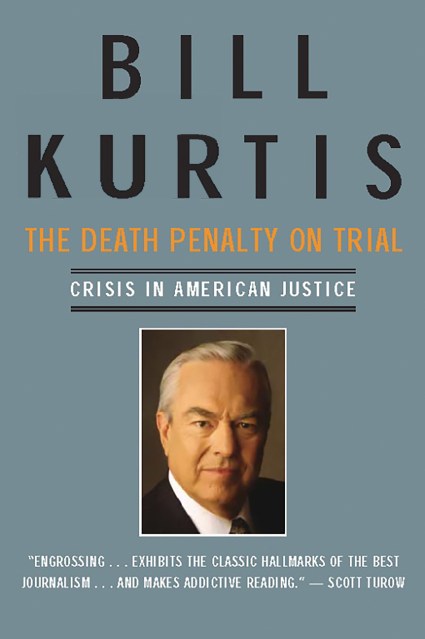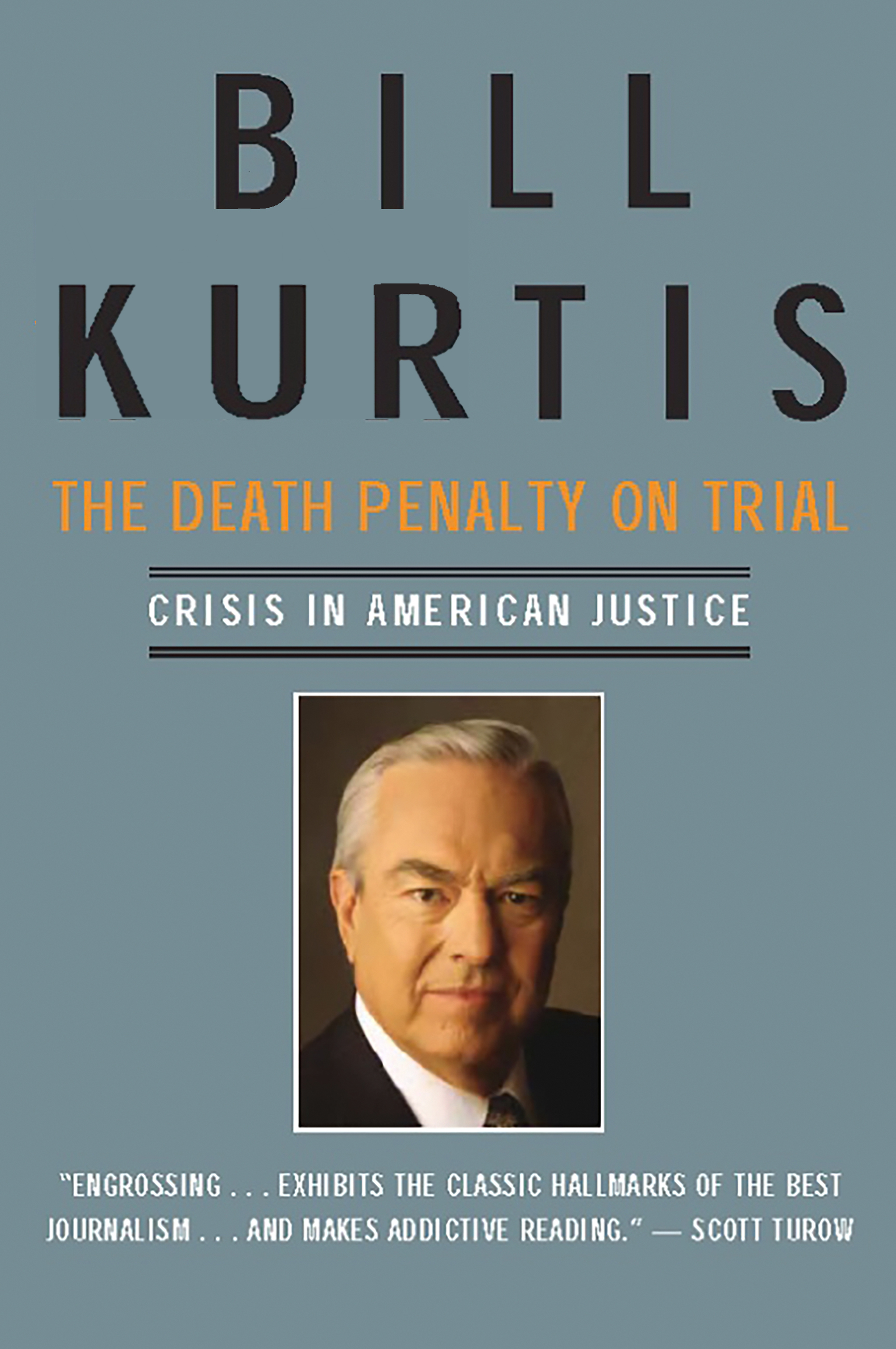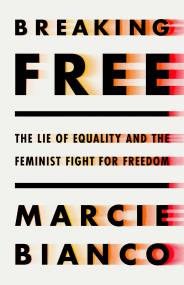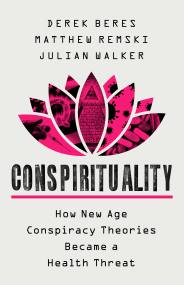Promotion
Use code MOM24 for 20% off site wide + free shipping over $45
Death Penalty on Trial
Crisis in American Justice
Contributors
By Bill Kurtis
Formats and Prices
Price
$9.99Price
$12.99 CADFormat
Format:
ebook $9.99 $12.99 CADThis item is a preorder. Your payment method will be charged immediately, and the product is expected to ship on or around March 25, 2009. This date is subject to change due to shipping delays beyond our control.
Also available from:
In The Death Penalty on Trial, Kurtis takes readers on his most remarkable investigative journey yet. Together, we revisit murder scenes, study the evidence, and explore the tactical decisions made before and during trials that send innocent people to death row. We examine the eight main reasons why the wrong people are condemned to death, including overzealous and dishonest prosecutors, corrupt policemen, unreliable witnesses and expert witnesses, incompetent defense attorneys, bias judges, and jailhouse informants. We see why the new jewel of forensic science, DNA, is revealing more than innocence and guilt, opening a window into the criminal justice system that could touch off a revolution of reform. Ultimately we come to a remarkable conclusion: The possibility for error in our justice system is simply too great to allow the death penalty to stand as our ultimate punishment.
Genre:
- On Sale
- Mar 25, 2009
- Page Count
- 224 pages
- Publisher
- PublicAffairs
- ISBN-13
- 9780786734030
Newsletter Signup
By clicking ‘Sign Up,’ I acknowledge that I have read and agree to Hachette Book Group’s Privacy Policy and Terms of Use







